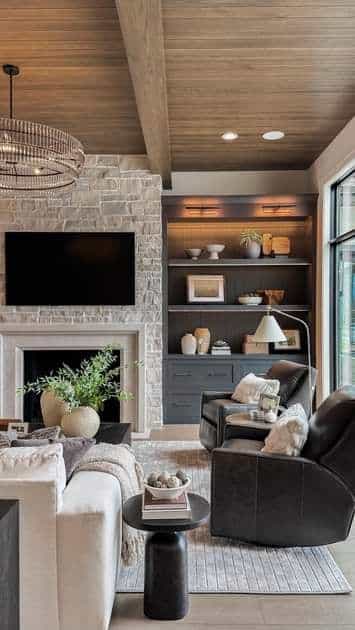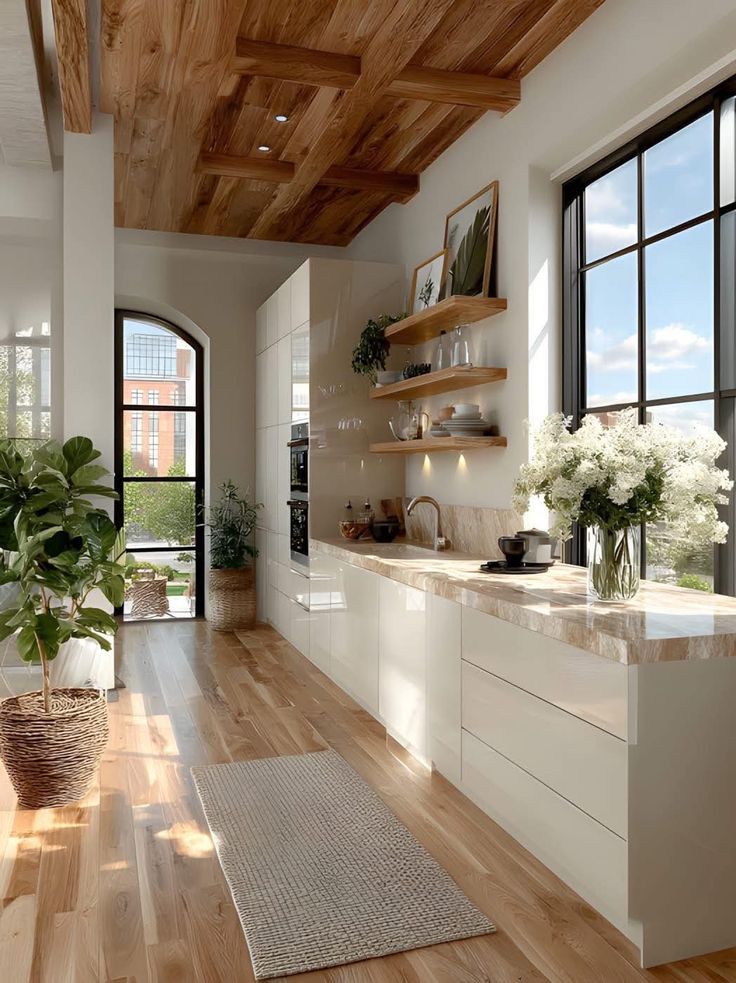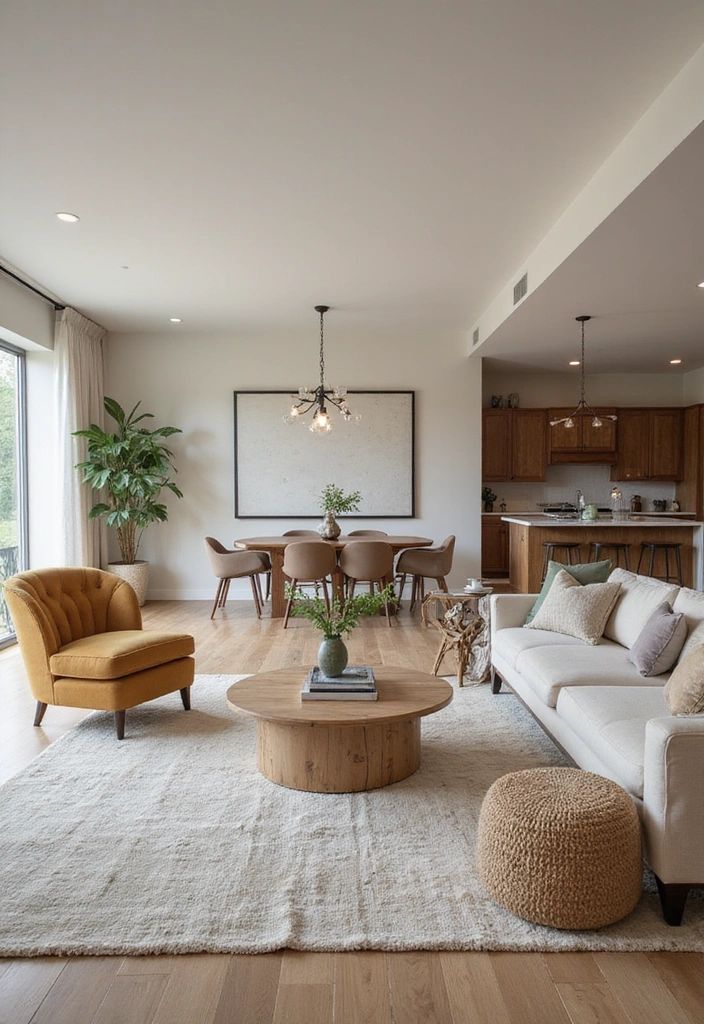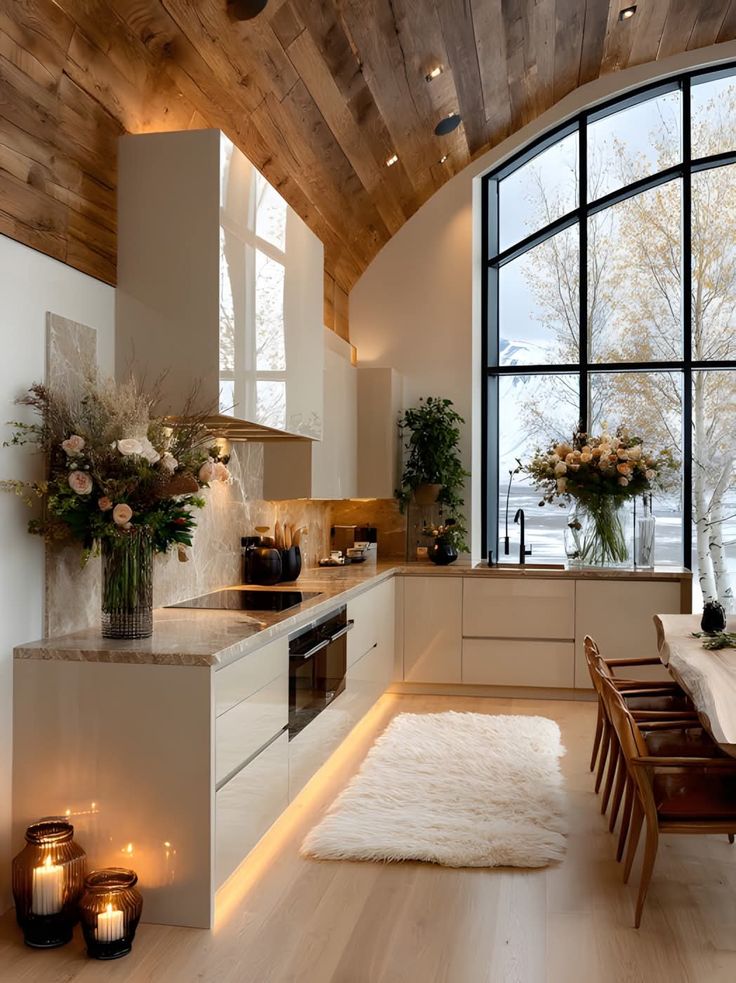Renovating your home from scratch can be overwhelming, but having a clear checklist makes the process manageable and less stressful. The most important step to starting your renovation is planning thoroughly—define your goals, set a realistic budget, and organize each phase before any work begins. When you know what to expect and how to approach each task, you can avoid delays and costly mistakes.
It’s important to check the condition of your home’s structure, such as foundations and roofing, and confirm that all crucial systems like plumbing and electrical are in good shape. Creating a step-by-step timeline will help you stay on track and ensure you don’t overlook essential steps, from securing permits to finishing up with the last touches. With the right preparation, your renovation project will feel much more manageable—and even enjoyable.



Key Takeaways
- Start with clear goals and a realistic budget
- Organize the project step-by-step for steady progress
- Pay attention to permits, details, and final cleaning
Planning and Budgeting Your Renovation
Getting started with a home renovation means making decisions early about scope, spending, and timelines. Having a clear purpose, a workable budget, and an achievable schedule helps keep your project organized and on track.
Defining Project Goals
Start by listing exactly what you want to accomplish. Are you aiming for a full home remodel, or targeting specific spaces like the kitchen or bathroom?
Make a checklist of must-haves and nice-to-haves. This helps prioritize your needs if compromises are required. Review your household’s daily routines to see how the renovation could make life easier.
Look for inspiration from design magazines, online galleries, and past projects. Saving images or product ideas gives you a clearer vision to share with contractors and designers. Write down your goals in clear terms to avoid scope creep during the construction phase.
Creating a Realistic Budget
Figure out your financial limits before any work begins. List out every expected cost, including materials, labor, permits, design fees, and a buffer for surprises.
A table can help organize your budget estimates:
| Category | Estimated Cost | Notes |
|---|---|---|
| Materials | $ | Flooring, fixtures, paint |
| Labor | $ | Builder, electrician, plumber |
| Permits | $ | Check local requirements |
| Designer Fees | $ | Optional if hiring design help |
| Contingency | 10-15% of total | For unexpected expenses |
Factor in additional expenses, like temporary housing if staying home isn’t possible. Check multiple quotes to ensure prices are competitive and realistic. Always keep a contingency fund, since renovation projects can uncover hidden issues.
Setting a Timeline
Lay out a step-by-step schedule for your renovation activities. Break down the project into phases, such as demolition, structural work, installation, and finishes.
Consult with your contractor about realistic durations for each phase. Consider lead times for materials, especially if you’re ordering custom items. Tracking milestones in a calendar or checklist can highlight dependencies and avoid delays.
Stay flexible, as weather, contractor schedules, or unexpected repairs may shift your timeline. Communicate frequently with your team to address changes as soon as they come up. Having a clear timeline helps manage expectations and keeps the renovation moving forward.



Securing Permits and Professional Help
Before starting your renovation, you’ll need approvals to meet legal requirements and avoid costly delays. It’s also important to select skilled professionals, ensure safe worksites, and maintain clear communication throughout the project.
Identifying Required Permits
Every renovation may require different permits. Major changes—like moving walls, altering plumbing or electrical systems, or adding rooms—almost always need permits from your city or county building department. Cosmetic updates usually don’t, but it’s best to check local regulations.
Make a checklist of your planned work and call your local permitting office. Ask which permits apply and what documentation you’ll need. Common permit types include building, electrical, plumbing, mechanical, and zoning permits.
Failing to secure permits can result in fines, stop-work orders, or issues when selling your home. Keeping projects legal also improves site safety and ensures inspections by professionals.
Hiring a Renovation Team
It’s rarely wise to tackle large renovations alone. Start by deciding if you need a general contractor, or specialized trades like electricians, plumbers, or carpenters. If your project includes layout changes or extensive design, consider hiring a designer or architect for planning.
Check reviews, request references, and verify licenses and insurance for everyone you hire. Good professionals provide estimates, written contracts, and timelines. Tip: Use a comparison table to weigh bids or services, looking for experience, cost transparency, and reliability.
| Criteria | Team Member 1 | Team Member 2 |
|---|---|---|
| License | Yes | Yes |
| Insured | Yes | No |
| References | Good | Average |
| Bid Amount | $15,000 | $14,500 |
Clear Communication with Professionals
Early and ongoing communication with your renovation team is essential. Set clear goals and discuss your expectations, priorities, and budget in detail before work begins.
Use written agreements for scope, payment terms, and timelines. Schedule regular updates to review progress and address surprises right away. Encourage team members to report any site safety concerns or permit issues.
Keep a shared calendar or checklist to track each stage. Quick, honest feedback prevents misunderstandings and helps your renovation run smoothly.



Demolition and Preparation
Planning your demolition step carefully helps avoid accidents and costly mistakes. Safety measures and living arrangements should be addressed in advance for a smooth start.
Pre-Demolition Checklist
Get all necessary permits from your local building department before any demolition begins. You should review your remodel plan with your contractor and make sure responsibilities and timelines are clearly written out.
Arrange for proper waste disposal; some materials like asbestos or lead require special handling or professional remediation. Protect parts of your home not being demolished by sealing off rooms, covering floors, and removing valuables from work areas.
Notify neighbors about possible noise or dust. Ensure utilities like electricity, water, and gas are safely shut off in areas being worked on to prevent hazards. Keep important documents and backup plans accessible in case you need to adjust the work schedule.
Demolition Day Safety
Safety equipment is critical on demolition day. Wear hard hats, sturdy shoes, eye protection, and gloves for personal protection. Make sure only authorized people are on-site; children and pets should be kept well away.
Confirm your contractor follows OSHA (Occupational Safety and Health Administration) safety standards. Use proper signage to alert everyone to potential dangers. Ventilate work areas to manage dust and fumes.
Double-check that all utilities in the demolition zone have been turned off. Have a fire extinguisher nearby and know emergency contacts just in case. Work systematically, checking progress and looking out for unexpected hazards like mold, pests, or structural issues.
Alternative Living Arrangements
Major demolition is disruptive and sometimes unsafe to live around. Think about moving out temporarily if large sections of your home will be gutted or utilities disconnected for several days.
If moving out isn’t an option, set up a safe, dust-free zone where you can prepare food and store essentials. Consider booking a short-term rental or staying with friends or relatives during the heaviest work.
Talk with your contractor about the expected timeline for demolition. Make sure your alternative living space has everything you need: bedding, important documents, medications, and access to communications. It’s easier to focus on progress when your daily routine is disrupted as little as possible.



Executing the Renovation Project
Organizing your renovation project is about moving through each stage methodically. Address structural changes first, then complete surface updates and essential systems to keep your project on track.
Structural Work and Floor Plan Changes
Start by finalizing your floor plan and structural layout. If you are removing or adding walls, reinforcing supports, or updating the home’s layout, this is the time to make these changes. Hire a licensed contractor for load-bearing structures and always follow local building codes.
Tasks to prioritize:
- Demolish non-essential areas safely
- Relocate or build new walls
- Reinforce beams, flooring, and ceilings
- Ensure new doorways and windows suit the updated plan
During this phase, you’ll likely see a lot of dust and noise. Temporary supports may be needed while work is underway. Check all plans for accuracy before construction to avoid costly corrections later.
Flooring and Roofing Updates
With the framing and structural changes complete, you can move to flooring and roofing updates. Begin with roofing if needed, as leaks or gaps can cause overdue damage below.
Remove old flooring materials before installing new hardwood, tile, carpet, or laminate. Subfloor repairs may be necessary if there’s damage or uneven sections. When choosing new flooring, consider room use, moisture, and durability.
Roofing work should address damaged shingles, underlayment, or flashing, and ensure proper ventilation. For new additions, match roofing materials with the rest of your home for consistency. Secure the roof before weatherproofing and moving forward.
Plumbing and Insulation Installation
Next, focus on crucial systems like plumbing and insulation. Install new water supply and drain lines in walls or floors before you close them up with drywall or flooring. This includes updates for kitchens, bathrooms, and laundry areas.
Work with a licensed plumber to check water pressure, fixture locations, and pipe materials. Don’t forget to comply with code requirements for safety and efficiency.
Install insulation in walls, attics, and floors to boost comfort and energy efficiency. Use fiberglass batts, spray foam, or rigid foam as needed. Proper installation prevents drafts and moisture issues, helping lower your home’s long-term heating and cooling costs.



Finishing Touches and Cleanup
Completing your home renovation means paying close attention to final details, preparing your spaces for daily living, and ensuring each area is left spotless and safe for use. This phase transforms a construction site into a comfortable home and leaves a lasting impression both inside and out.
Painting and Interior Design
Applying a fresh coat of paint gives rooms a clean, updated appearance and lets you express your chosen style. Be sure all surfaces are properly primed and use painter’s tape for sharp lines. Choose colors that match your design style, whether that means soft neutrals or bold accents.
Install fixtures and hardware such as handles, lighting, and outlet covers. Add interior design elements like curtains, rugs, and artwork. These details pull the look together and turn functional spaces into welcoming rooms.
After major improvements, inspect painted walls and décor for any smudges, missed spots, or touch-ups. A final walkthrough for adjustments ensures your renovation feels truly finished and reflects your vision.
Curb Appeal and Exterior Improvements
Tidy up your home’s exterior by cleaning driveways, pathways, and the entryway. Pressure wash siding, repaint trim, and install new house numbers if needed. Small touches, like clean windows and fresh landscaping, quickly improve curb appeal.
Tend to the garden by trimming hedges, mowing the lawn, and planting flowers. Update or repaint the front door and add lighting for both safety and style. Well-maintained exteriors not only look attractive but can boost property value.
Check fences, gutters, and outdoor fixtures for any final repairs. Clear out leftover debris, dispose of renovation waste, and organize tools. Your home’s first impression starts at the curb, so attention to these details matters.
Deep Clean and Final Inspection
Begin by removing all dust, dirt, and leftover debris from every room, including hard-to-reach spots behind appliances or under furniture. Sweep, vacuum, and mop all floors thoroughly.
Wipe down surfaces such as countertops, cabinets, windowsills, and baseboards. Clean light fixtures, air vents, and any newly installed hardware. Use a checklist to confirm every task is completed before moving back in.
Finish with a detailed inspection to make sure improvements meet your expectations. Test appliances, doors, and windows to confirm they work as intended. A careful clean-up helps you settle in quickly and enjoy the results of your renovation.
- 17shares
- Facebook0
- Pinterest17
- Twitter0


